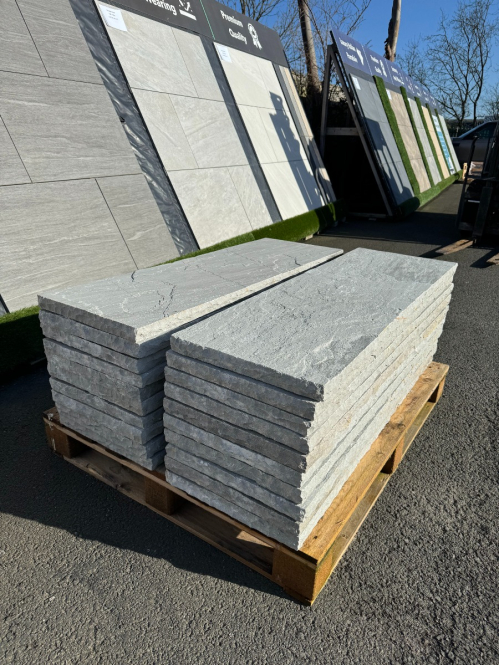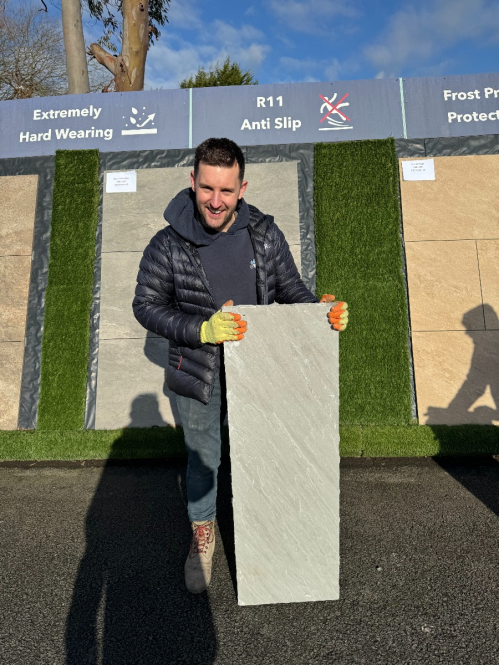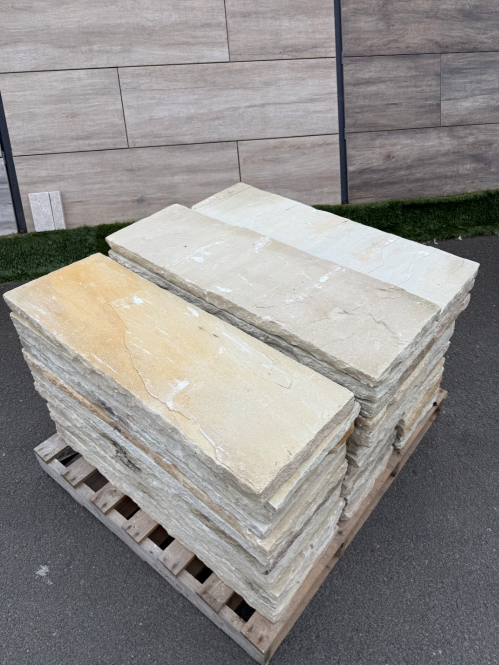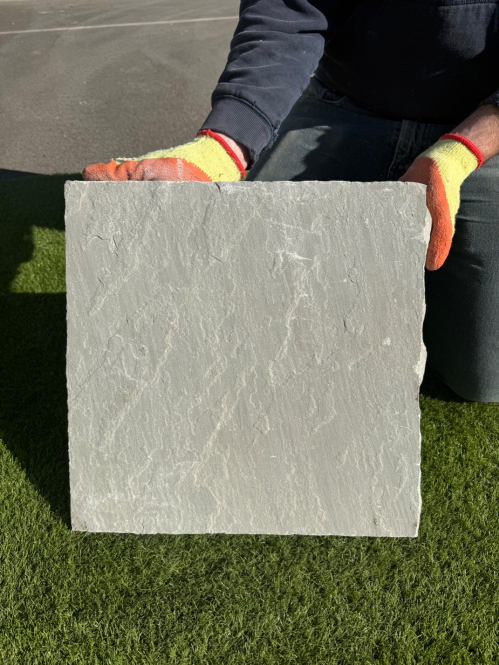Bricks & Wall Copings
Coping stones provide one of the best ways to finish your walling project to the highest standard, adding a luxury finish to any landscaping job. Some customers choose to use paving slabs as coping stones and this is a perfectly good idea, however coping stones tend to be a more dense and thicker to offer a more robust solution, especially if it's to double up as seating on top of a low wall.
Discover our beautiful range of coping for sale at Melton Stone today.
Speak to a member of our friendly sales team today on 01482 688008 or Email sales@meltonstone.co.uk
Bricks and Wall Copings
Best mortar mix for bedding coping stones?
There are different mortar mixes that can be used for attaching wall copings, but the best one to use is a three-to-one ratio of sand and cement. This mortar mix will provide a strong bond between the coping stones and the wall.
If you go for a stronger mix than a three-to-one ratio, the mix will become very difficult to work with and it becomes increasingly unlikely that you will be able to use your mallet to tap your copings into the mix itself. If you are going to go for something stronger, it is important to make sure that you use mortar plasticiser. This product softens the mortar and will ensure that the mortar does not become too hard and difficult to work with.
Another great idea is to use a slurry primer onto the underside of stone coping as you lay them as this will really improve the adhesion between the coping and the mortar bed.
How do I cut sandstone wall copings?
Sandstone copings are made from the same materials as sandstone pavers but in most cases, they are simply thicker and generally more dense, this means that you will be able to cut the coping stone with a grinder or circular cut off saw. For best results we always recommend using a diamond tipped blade.
Another point to note is that Limestone is generally more dense than Sandstone and therefore takes a little longer to cut through.
Grouting between wall coping stones?
We recommend leaving a 10mm gap between each coping stone.
Once all the coping stones are in place, you need to fill the joints between the stones. Use a mortar mix to fill the gaps between the stones, making sure to push the mortar in tightly with a trowel. Smooth out the mortar to ensure a neat finish.
Should I seal coping stones?
This is a personal preference and down to the visual appearance that you wish to create. As a rule if people have sealed their paving stones adjacent to the wall copings then they would then seal the copings too. Please note that sealing paving slabs and wall copings will enhance the colour and prevent water absorption but remember it is not an essential task to complete and is down to the look you are hoping to achieve.











































